Many businesses quote generalities like, ‘the customer is always right’ or ‘the customer is king’ without truly knowing what it means. Putting the customer first is more than just a motto that hangs on your office walls. A customer-centric strategy needs to be implemented across every level of your business and is a method to structure operations to put the customer experience at the heart of everything you do.
So What is a Customer-Centric Strategy?
A customer-centric approach is simply a way of thinking about your customer and their needs in every business decision you make. It is about understanding ways to better serve them and constantly adding a sense of delight to their experience.
Why is a Customer-Centric Strategy so Important?
Putting your customer’s needs first has positive implications across all aspects of your business. Increasing customer satisfaction is simply a way of investing in your business.
The concept of customer success is a practice where businesses actively seek out problems or issues faced by customers and solve them before they arise.
This process leads to greater satisfaction and results in increasing loyalty which translates into a sustainable and more impactful business.
According to research, customers rank it as one of the highest considerations when making their purchase decision.
Source: insightsforprofessionals.com
- 33% of Americans agree that they would consider switching companies after a single instance of poor service. – American Express
- Faced with poor customer service, 20% of consumers would complain publicly via social media. – New Voice Media
- 85% of consumers churn because of poor service that could have been prevented. – Kolsky
- One in three customers would pay more to receive a higher level of service. – Genesys
- 80% of American consumers point to speed, convenience, knowledgeable help, and friendly service as the most important elements of a positive customer experience.
5 Visual Tools That Help Better Understand Your Customer
Creating a customer-centric strategy requires an in-depth understanding of your customer, their goals, motivations, desires, and much more. It involves having access to data and making informed decisions. But more importantly, it involves gathering insights into their behavior, how they respond to different situations, and identifying the actions you can take to maximize customer satisfaction.
Customer Journey Mapping
Creating a detailed customer journey map allows you to align your team, uncover new opportunities, and jumpstart your customer-centric strategy.
It is a visual tool that can provide you with a deep understanding of your customer and their motivations. It allows you to visually represent the various touchpoints where they interact with your product or service and identifies room for improvement.
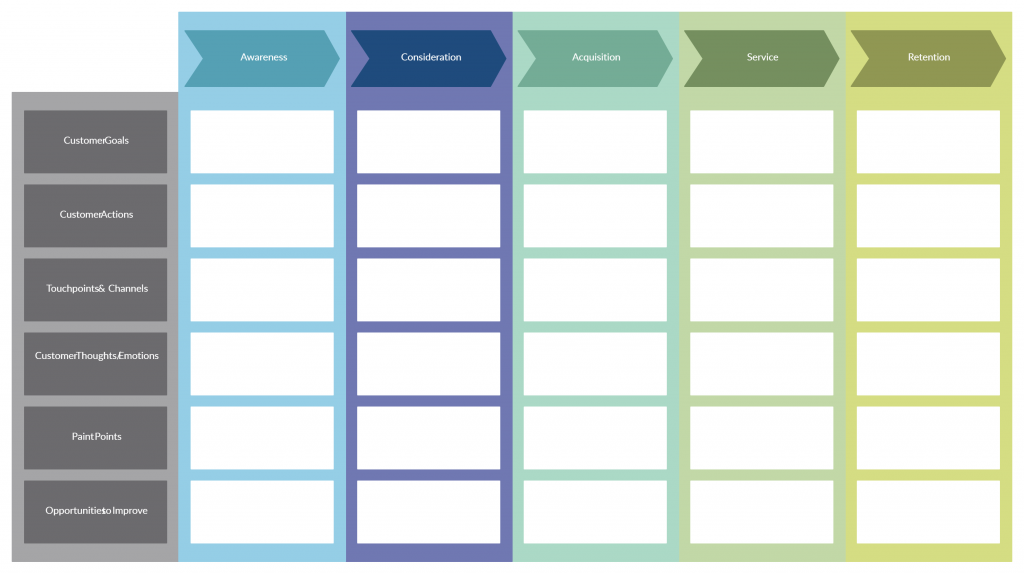
A customer journey map is a useful tool that answers important questions like
- Who are your key customers?
- What point of the journey is your customer in today?
- Where are they facing challenges?
- What are the touchpoints where you could improve their experience?
- How does your product or service help solve the customer’s problems?
Creating unique and intentionally designed customer journey mapping is critical to putting your customer’s needs first and should be a process adopted by all employees in the organization and built right into the culture.
User Personas
A user persona creator is a fictional representation of your ideal customer. It’s based on user research but contains key psychometric points that help you identify how your customer thinks and behaves. A deep understanding of your ideal customer will influence everything from product design to post transaction support. It helps you uncover ways people search for your business, buy and use your products, and gives you a basis to focus your efforts across multiple areas.

Empathy Maps
This visual tool is great for gaining insights into the mind of the customer. As the name suggests, it allows you to think and feel like the customer to develop a better understanding of the context, psychological and emotional needs. This is a fundamental step in making sure you understand the goals and are solving the right problems.
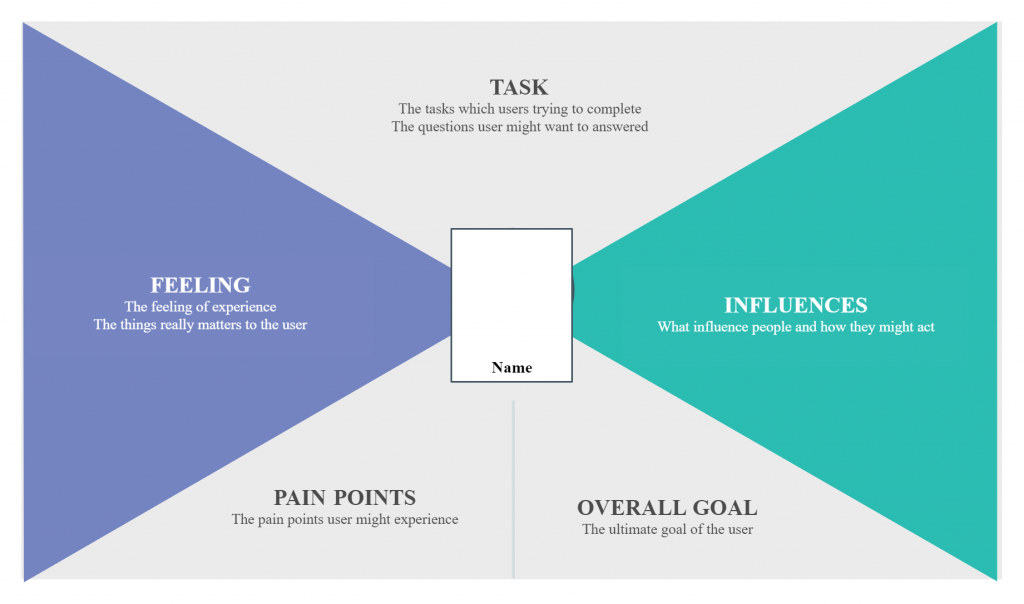
Empathy map template usually poses the following questions:
- What does the user think and feel?
- What are their goals and associated fears?
- How would their social circle react to the user using your product?
- What would the user experience in their environment while using your product?
- What does the user say about the product experience?
5 Whys Analysis
This is a great tool to improve customer service. 5 Whys analysis template allows you to get to the root of the problem and address issues in a meaningful way so that you can prevent it from happening again.
In customer service, putting the customer first involves more than simply saying yes to every demand. It requires a systematic analysis of the issue customers may be facing. It is important to first know who your customer is: understand their questions, needs, and concerns to affect change in a meaningful way.
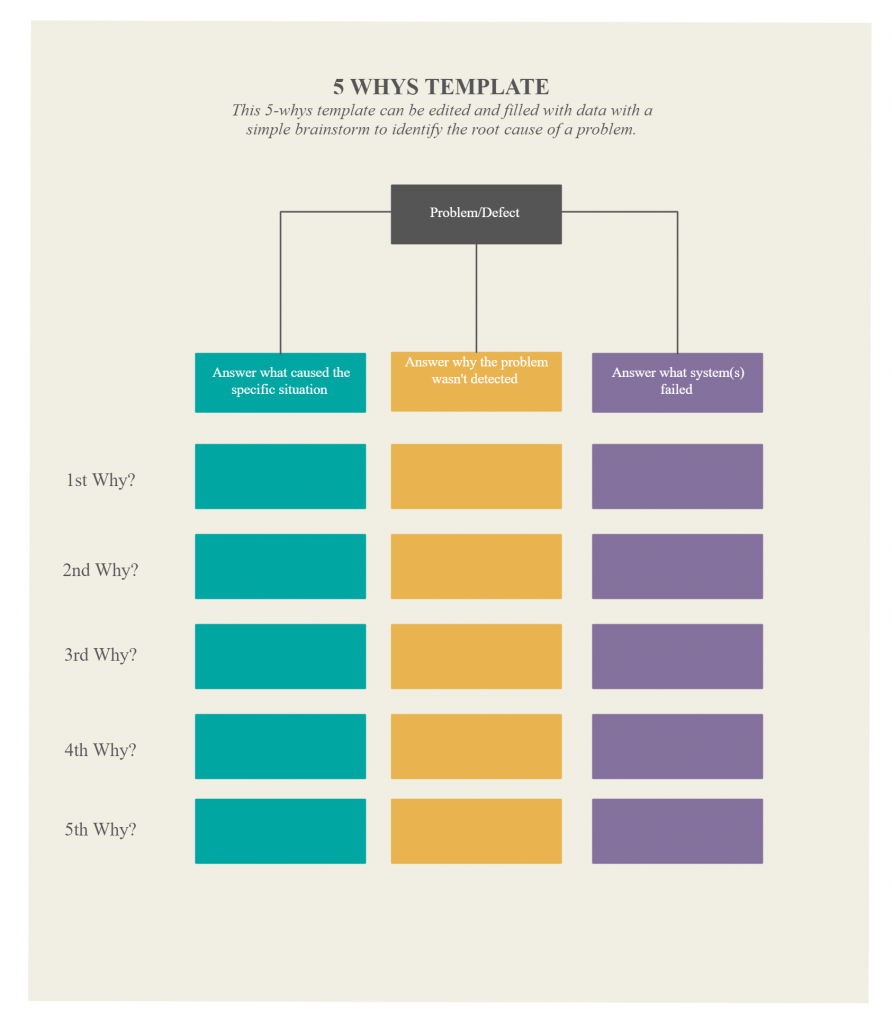
User Flow Diagrams
Putting the customer first begins from the conception of the product and in many cases, it involves designing a product around the way a customer may interact with it.
Using user flow diagram tool you can map out the identified customer needs in a systematic manner and create a detailed representation of each stage of their interaction with it.
User flows are most commonly used by product and UX teams and provide a way of thinking about design that centers around a customer, their needs and desires.

Tips for building a customer-centric culture
Service at the core: Traditionally customer service is a task associated with post-sale activities, a shift in this mindset is critical to putting the customer first. This shift requires the service team to think beyond traditional channels, such as phone and email, and meet the customers where they are.
Everyone is responsible: Shaping a customer-centric culture is a responsibility that belongs to the entire organization. It is not a task that falls to a particular department. Customers don’t care about organizational charts when they interact with a company; all they perceive, and associate with the brand, is the experience they have.
Proactive, not reactive: Putting the customer first involves solving problems before they take place. This approach is one where service and product teams understand customer needs well enough to anticipate issues that may arise and devise meaningful solutions.
Personalised: In a customer-centric model companies don’t treat their consumers as a broad demographic or a random data set. You need to gather rich insights and understand the individual relationships each customer has with your product.


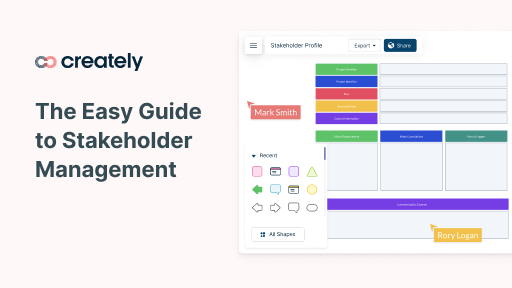
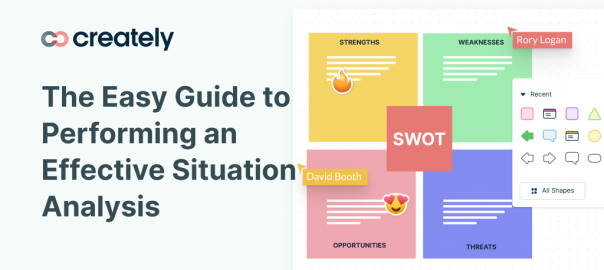

Nicely written!
This blog is really helpful to visualize what a customer-centric organization looks like.